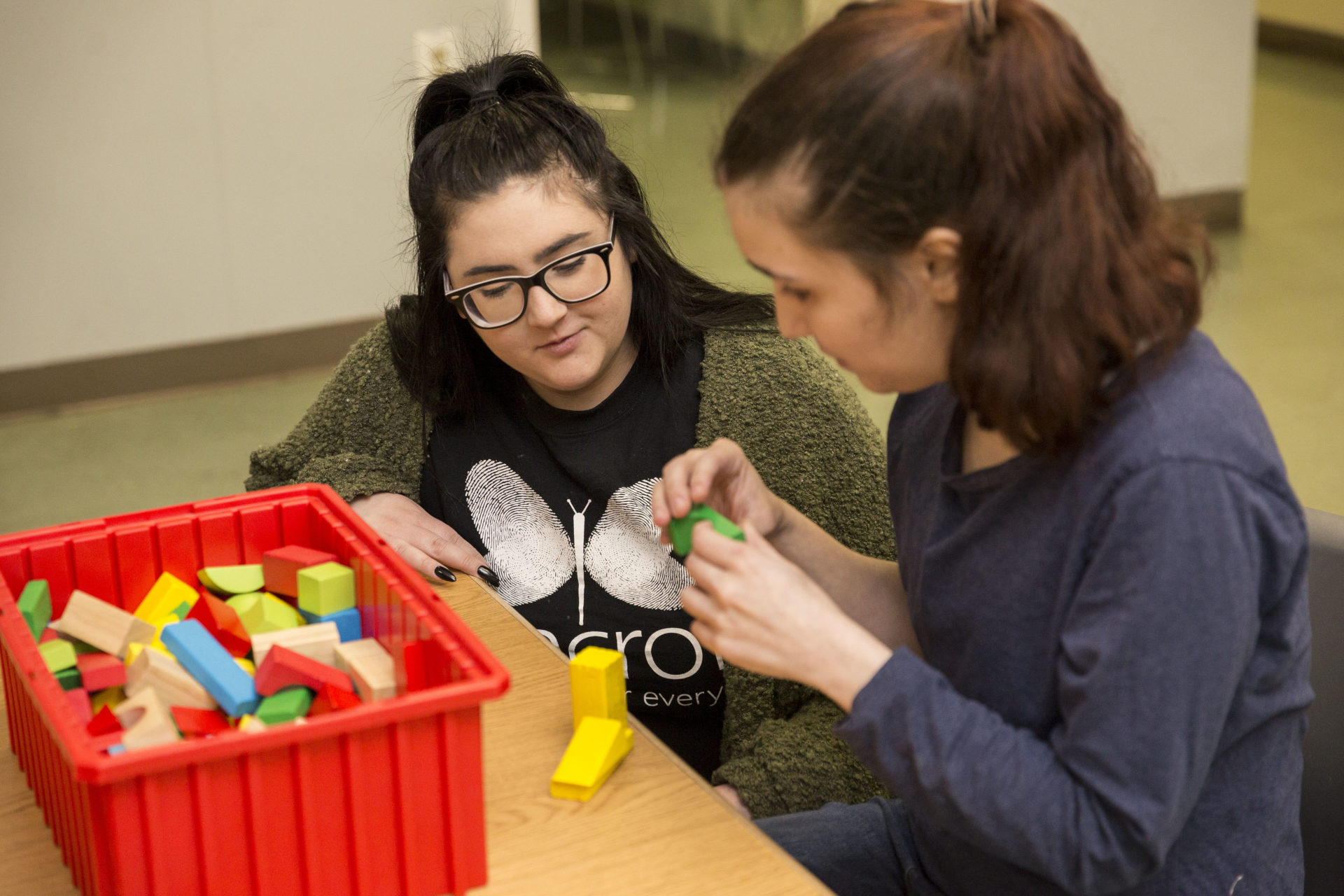Who is on Your Child’s Team?
No two children have the exact same needs. That’s why the team approach to supporting children with autism and intellectual and developmental disabilities is so critical. At Bancroft, we see the team like a puzzle carefully designed to fit around a child.
Autism affects each child differently – some experience vocational challenges, some have social challenges, and some have difficulty communicating. Where we find deficits in functioning, a team approach will ensure that someone who specializes in that area is at the table ready to offer input on how to create a path for success.
“With every deficict in a child, there is a strength.”
But the challenges a child faces is only one part of their story. Judi Brown, Senior Director with Bancroft Children’s Services knows, “with every deficit in a child, there is a strength.” A strong team will also look for those strengths– as well as interests, likes and abilities — and start there when deciding on a treatment approach. When the team starts with where a child’s interests are, it allows for more discovery. Brown uses high school transition as an example and the importance of knowing interests when starting to look at vocational options and opportunities.
No one person, clinician, or educator has all the answers. But when these experts are put together on a team for a child, it allows for new innovation, ideas and strategies according to Tim McKenna, Senior Program Director at the Lindens Program.
The Bancroft model, from a service perspective, ensures that every student has access to these experts. For instance, not every child currently requires assistive technology, but there is an entire department here should they require it in the future.
The team evolves based on need with the only constant members being the family.
This is the team at Bancroft and why it works, but the family and funder are the most critical pieces. “That’s the team that comes to us saying ‘we want to grow the team.’ Essentially, we are joining someone else’s team,” says Brown. And that approach carries through a child’s life, from the community to job coaches to employers – the team evolves based on need with the only constant members being the family.
The team surrounding your child should not only have their best interests at heart, but also work with you and each other to achieve the best outcomes possible. Your child’s team should be as unique as they are.
















